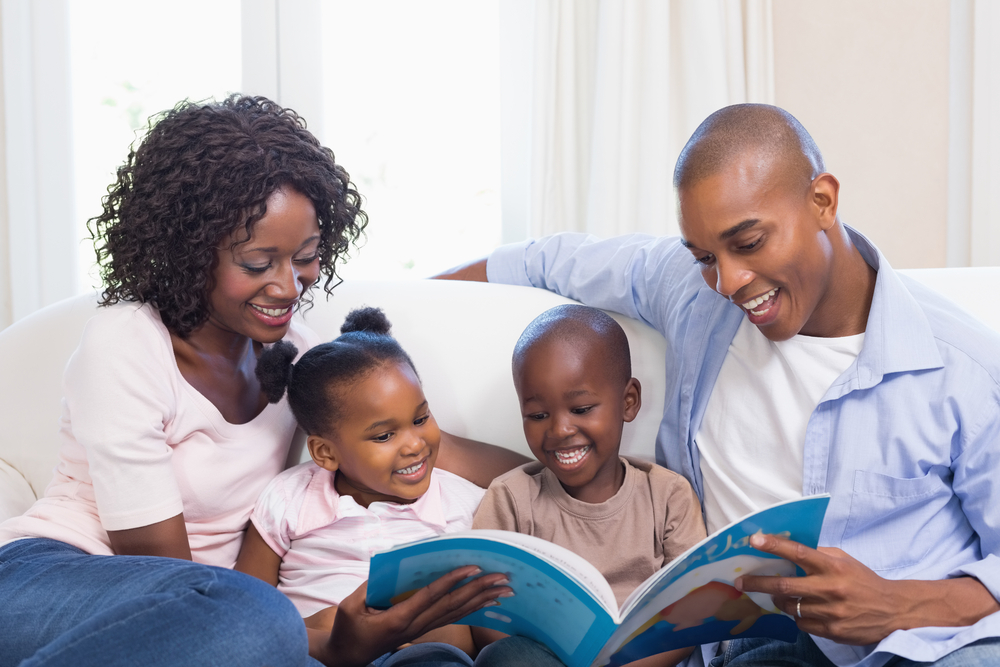When your baby is first born her vision isn’t clear. She may look intently at a highly contrasted object, but she hasn’t developed the ability to easily tell the difference between two separate images. Her primary focus is on objects 8 to 10 inches away, or the distance to your face. During her first month of life, her eyes start working together and her vision rapidly improves. Soon, her eye-hand coordination skills begins to develop as she starts to track moving objects with her eyes and reaching for them. By eight weeks, she will begin to focus her eyes on your face or the faces of those around her.
For the first two months of life, your baby’s eyes are not well coordinated and may appear to wander or to be crossed. This is normal and is not cause for concern. If your baby still crosses or turns an eye after three or four months of age however, you should seek an infant vision evaluation.
Here are some easy and fun ways you can help your baby’s vision develop as she grows:
Birth to four months
- Use a nightlight or other dim lamp in your baby’s room.
- Change the crib’s position frequently and change your child’s position in it.
- Keep reach-and-touch toys within your baby’s focus, about eight to twelve inches.
- Talk to your baby as you walk around the room.
- Alternate right and left sides with each feeding.
Five to eight months:
- Give the baby plenty of time to play and explore on the floor.
- Provide plastic or wooden blocks that can be held in the hands.
- Play patty cake and other games, moving the baby’s hands through the motions while saying the words aloud.
Nine to twelve months:
- Play hide and seek games with toys or your face to help the baby develop visual memory.
- Name objects when talking to encourage the baby’s word association and vocabulary development skills.
- Encourage crawling and creeping.
One to two years
- Roll a ball back and forth to help the child track objects with the eyes visually.
- Give the child building blocks and balls of all shapes and sizes to play with to boost fine motor skills and small muscle development.
- Read or tell stories to stimulate the child’s ability to visualize and pave the way for learning and reading skills
And of course, as a developmental optometrist, I always recommend that before your child enters first grade where he or she will begin learning to read, you schedule an appointment with developmental optometrist to ensure your child’s visual system is ready for the task.





